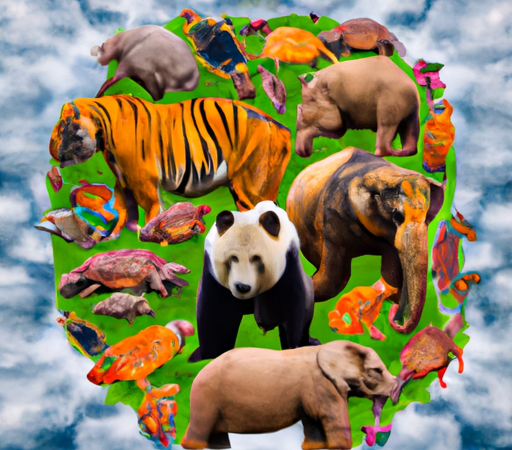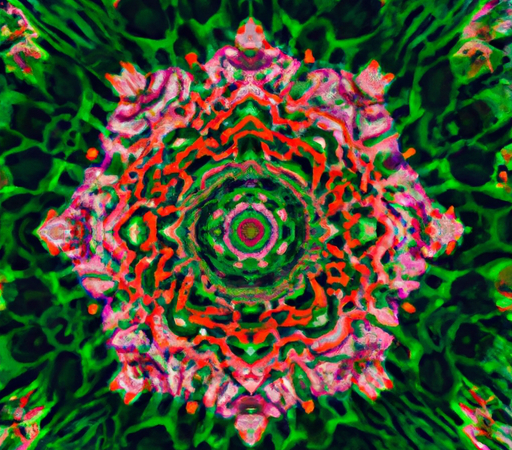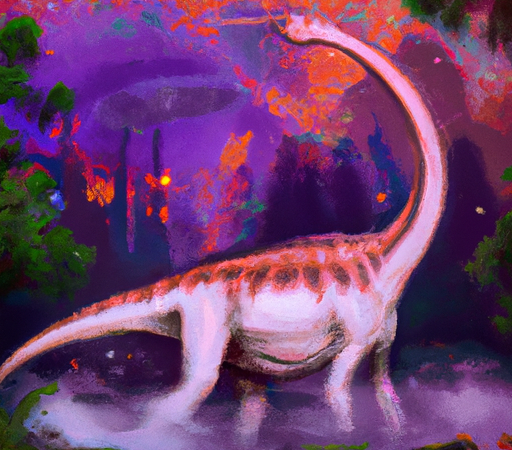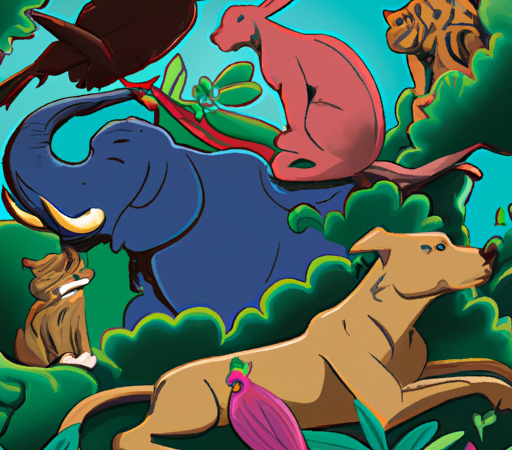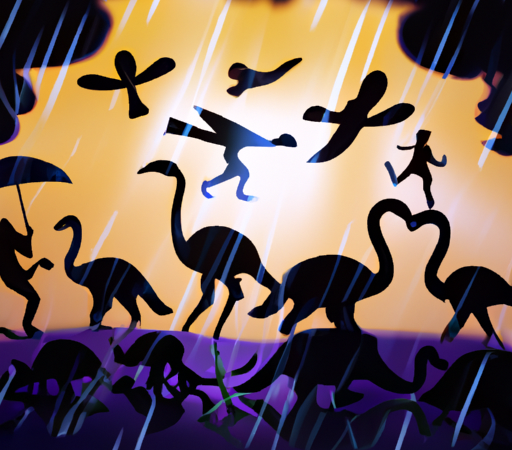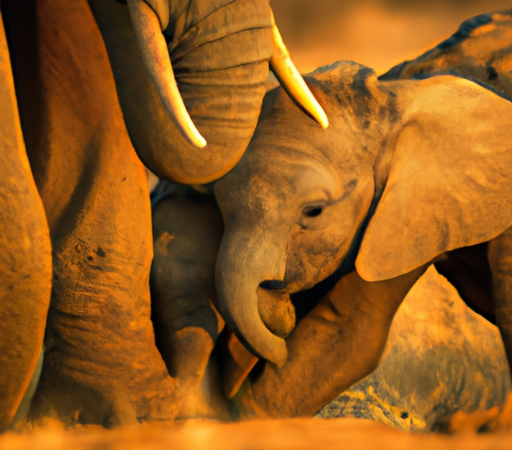Unbelievable Adaptations: How Animals Thrive in the Wild
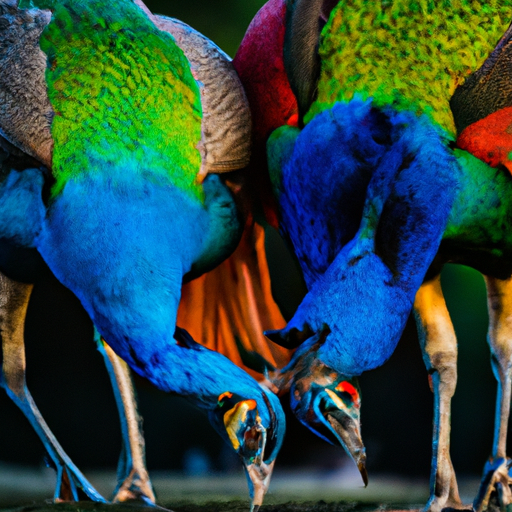
Unbelievable Adaptations: How Animals Thrive in the Wild
The animal kingdom is full of remarkable creatures that have mastered the art of survival in various ecosystems across the globe. From deserts to rainforests, animals have evolved incredible adaptations that enable them to not just survive but thrive in their environments. These adaptations can range from physical attributes to behavioral skills, all specifically honed to make them perfectly suited for their habitat. Let's take a closer look at some of the most unbelievable adaptations found in the wild.
Desert Dwellers: The Camel
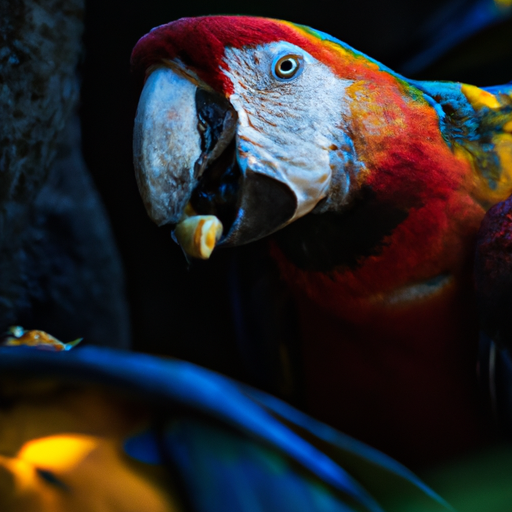
In the hot and arid deserts, very few animals can sustain themselves due to the scarcity of water and intense heat. However, the camel is a true survivalist. One of the most fascinating adaptations of the camel is its hump. Contrary to popular belief, a camel's hump does not store water; instead, it stores fat. This fat acts as a source of energy and hydration when food and water are scarce. Besides their hump, camels have thick fur that shields them from the harsh climate and the ability to close their nostrils and lips, preventing sand from entering their airways. With these adaptations, camels can withstand the scorching heat and travel long distances without water.
Masters of Camouflage: The Chameleon
When it comes to blending in with its surroundings, the chameleon is unmatched. These reptiles possess cells called chromatophores, which allow them to change the color of their skin. This remarkable ability helps the chameleon camouflage itself, making it difficult for predators to detect them and enabling them to stalk prey undetected. Additionally, their independently rotating eyes provide them with 360-degree vision, allowing them to spot potential threats from all directions. The chameleon's astonishing adaptations make it a formidable hunter and a challenging target for predators.
Underwater Wonders: The Sea Cucumber
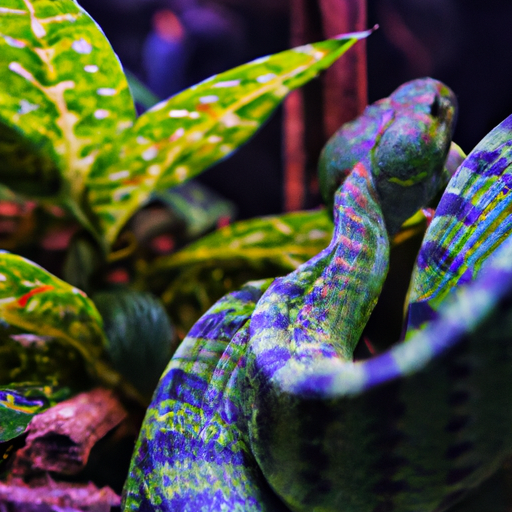
The sea cucumber, often overlooked due to its seemingly mundane appearance, possesses an extraordinary defense mechanism. When threatened, the sea cucumber can eject its internal organs, including its digestive system and respiratory organs, out of its anus, very much like a complete self-sacrifice. While this may seem bizarre, it serves as a distraction for potential predators, allowing the sea cucumber to make a swift escape. Remarkably, within a few weeks, it will regenerate all of its expelled organs, ready to face any future threats. This is a true testament to the incredible regenerative capabilities found in some animals.
Survival Innovators: The Honey Badger
Known for their fearless and tenacious nature, the honey badger is one of the most extraordinary creatures in the animal kingdom. Honey badgers possess a variety of unique adaptations that allow them to tackle any challenge that comes their way. Their strong jaws and sharp claws enable them to break into beehives and termite mounds, while their thick and loose skin allows them to twist and turn freely, evading the teeth and claws of their adversaries. They also have a strong resistance to venomous snake bites, making them almost impervious to the deadly venom. The tenacity and adaptability of the honey badger truly make it a force to be reckoned with.
The animal kingdom is a wonderland of remarkable adaptations. These incredible evolutionary traits enable animals to not only survive but thrive in diverse habitats and challenging environments. Whether it is the camel's hump, the chameleon's color-changing abilities, or the honey badger's fearless attitude, these adaptations remind us of the endless marvels that nature has to offer. As we continue to explore and study the natural world, we are bound to discover even more incredible adaptations that showcase the power of life's ingenuity.

